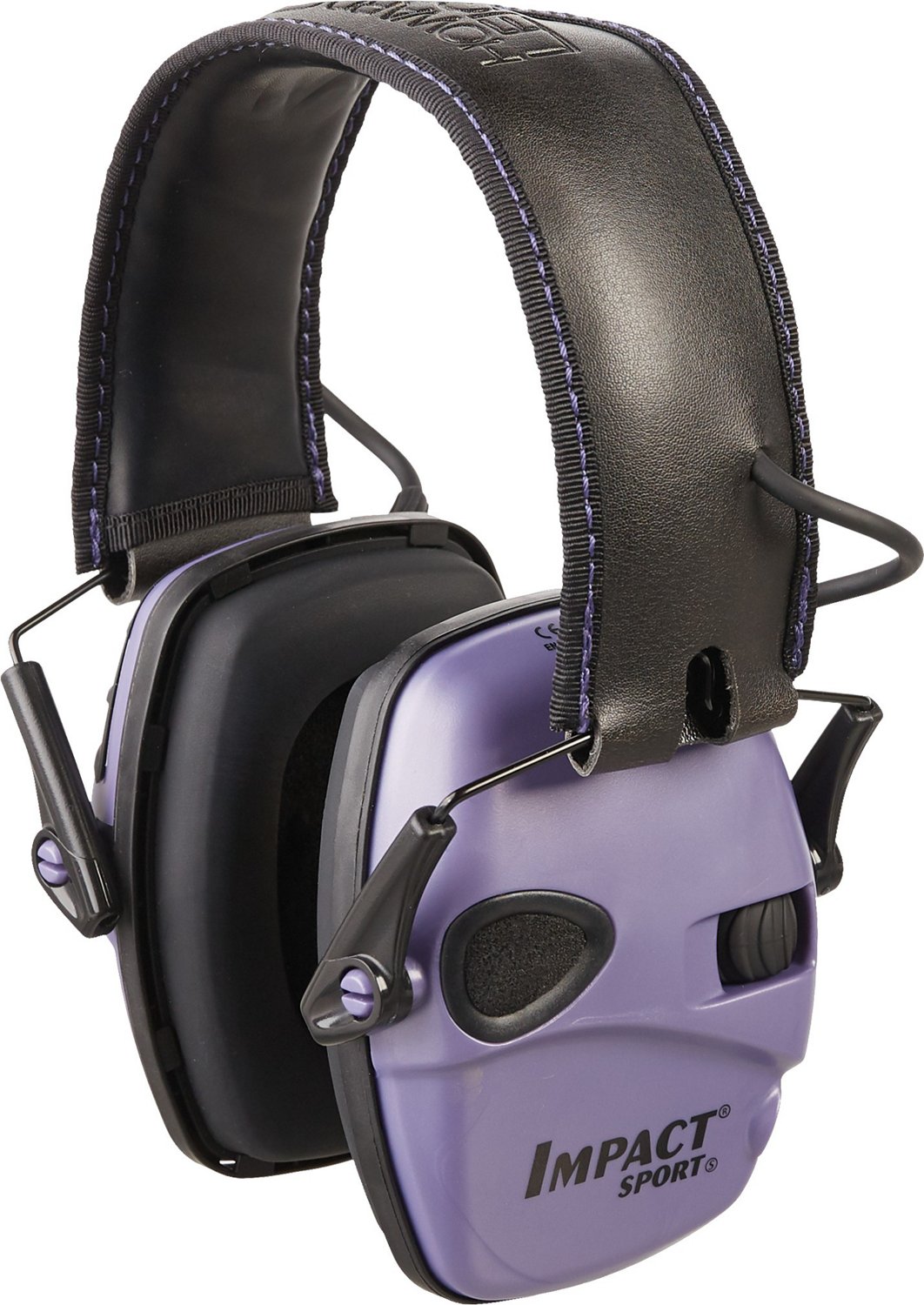checkmyswag
New member
Recently coming back from the range, I got pretty scared that I'd done some hearing damage.
I was just wearing rubber ear plugs, but didn't have them seated in very well. The 9mm sound was loud but didn't bother me/wasn't painful. I was shooting in a partially covered firing line with half walls.
When shooting at an indoor range i doubled up muffs/plugs.
At the outdoor range, just wore plugs last time but was out in the open and didn't experience any issues.
While in the Army I'd have plugs fall out at the range and not put them back in until I had the chance and that 223 is loud, but no problems.
Anyway after the range, I had the occasional buzzing sound very lightly and I couldn't hear very soft sounds.
Been about 5 days now and I feel like I'm all better. While riding my bicycle the other day I had something pop/crack in my ear and since then I've been fine.
What happened to me and how about these ear muffs for future use? Next time I go to the range I'm wearing plugs and muffs if not these electronic ones. What do you think?

http://www.academy.com/webapp/wcs/stores/servlet/Product_10151_10051_33374_-1?N=329210428+4294965605
I was just wearing rubber ear plugs, but didn't have them seated in very well. The 9mm sound was loud but didn't bother me/wasn't painful. I was shooting in a partially covered firing line with half walls.
When shooting at an indoor range i doubled up muffs/plugs.
At the outdoor range, just wore plugs last time but was out in the open and didn't experience any issues.
While in the Army I'd have plugs fall out at the range and not put them back in until I had the chance and that 223 is loud, but no problems.
Anyway after the range, I had the occasional buzzing sound very lightly and I couldn't hear very soft sounds.
Been about 5 days now and I feel like I'm all better. While riding my bicycle the other day I had something pop/crack in my ear and since then I've been fine.
What happened to me and how about these ear muffs for future use? Next time I go to the range I'm wearing plugs and muffs if not these electronic ones. What do you think?

http://www.academy.com/webapp/wcs/stores/servlet/Product_10151_10051_33374_-1?N=329210428+4294965605
